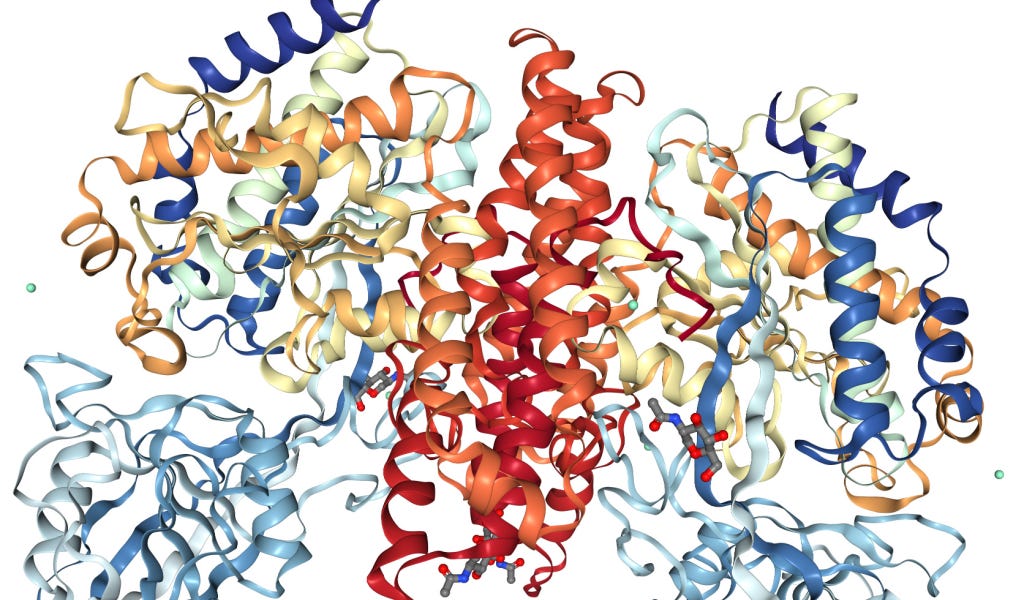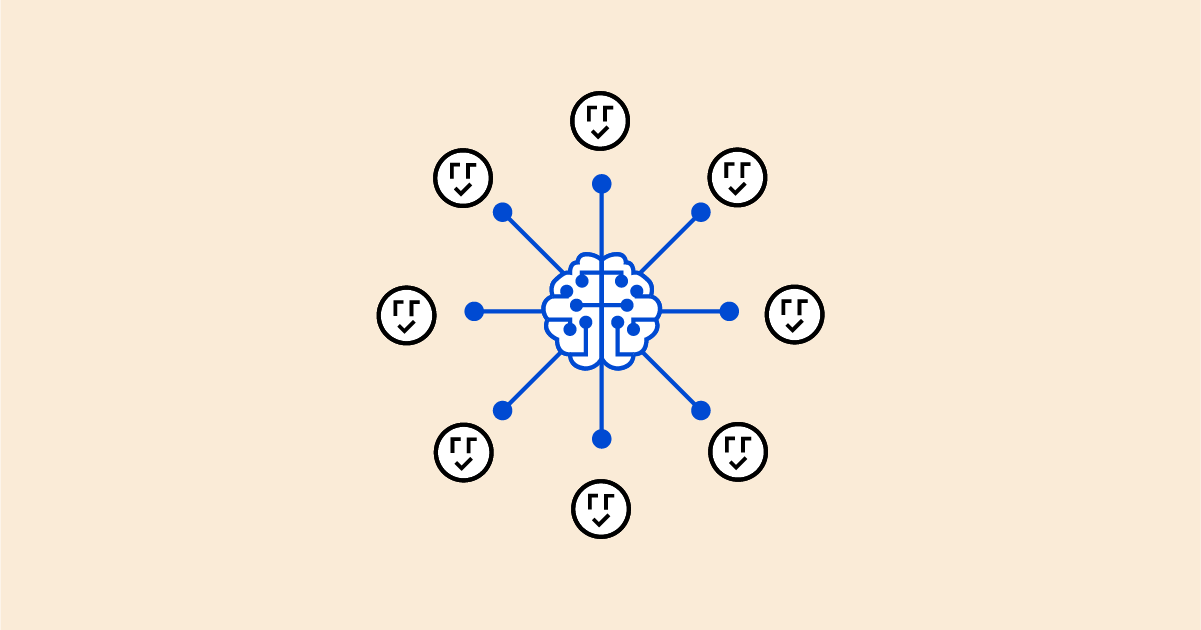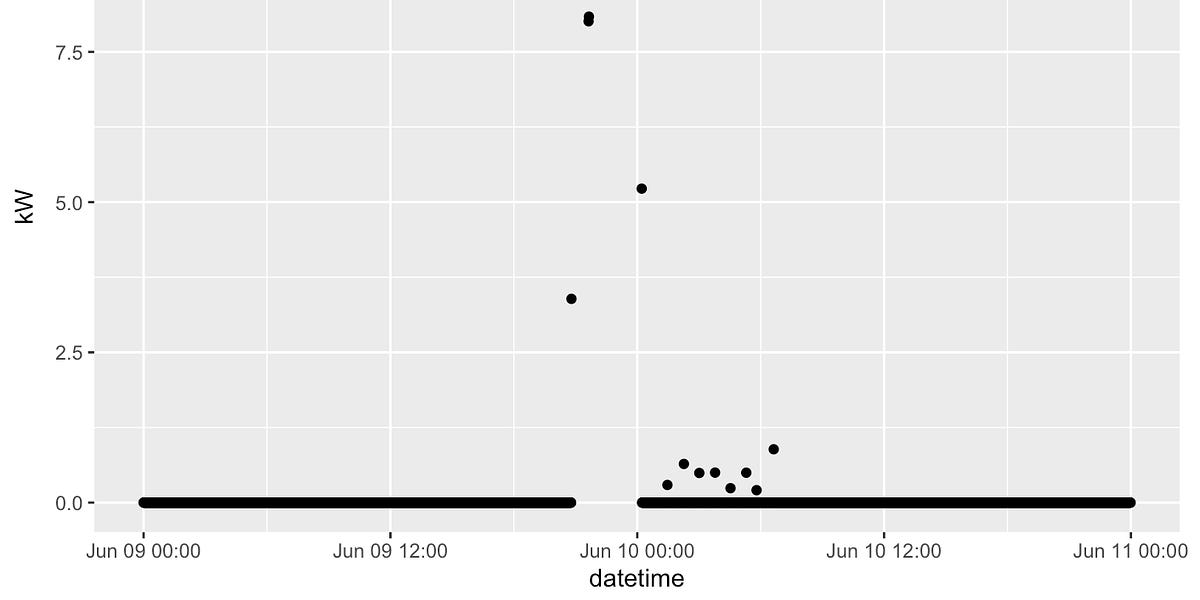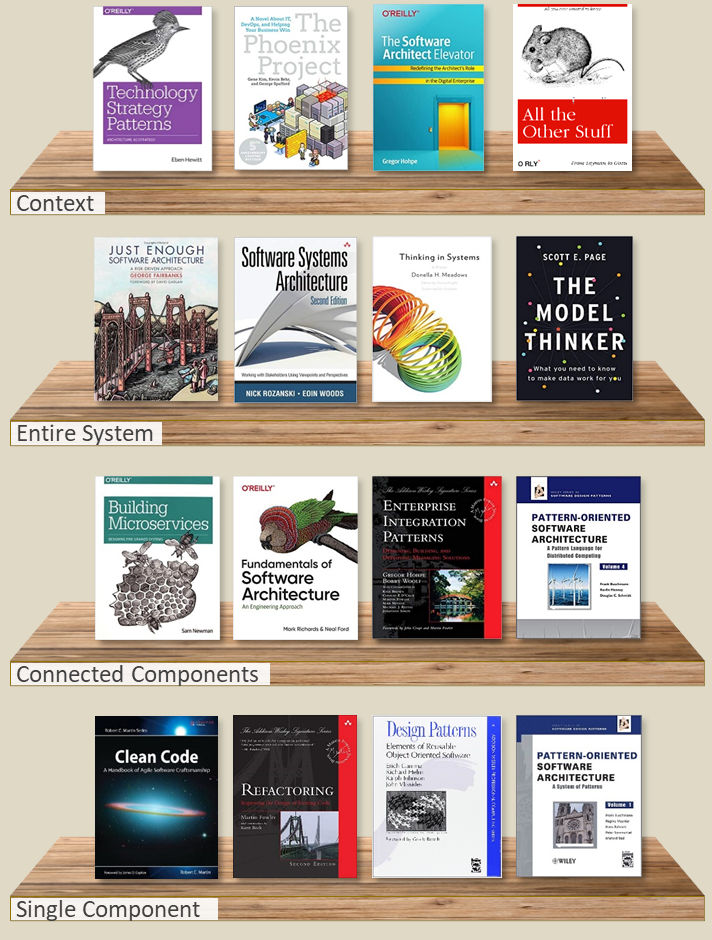
A primer on scRNA-seq foundation models - by Abhishaike
A few weeks ago, the New York Times published an article titled A.I. Is Learning What It Means to Be Alive. I'm not the biggest fan of the title, but I am happy the subject in it is being talked about more! It laid out the story of how so-called 'scRNA-seq Foundation Models' may potentially change how single-cell RNA sequencing (scRNA) data is interpreted, used, and applied. Though the Times article was fantastic in its own right, it asks very surface-level questions about the whole process. I'd like to do a much deeper dive in this topic and try to walk through the motivation, ideas, and process of creating models, along with what they do well on and what they still struggle with.
Warning in advance: single-cell biology is complex to the extreme and pretty much every facet of it is hotly debated. This means this post is partially an interpretation, meant to offer some wider background context on the field, and may strongly deviate from others perspectives when it comes to specifics.
Let's come up with a goal for ourselves: we'd like to learn the cellular identity of every cell in the human body. Why? Well, for knowledge sakes to start off with, we'll come up with a concrete use-case later.





















